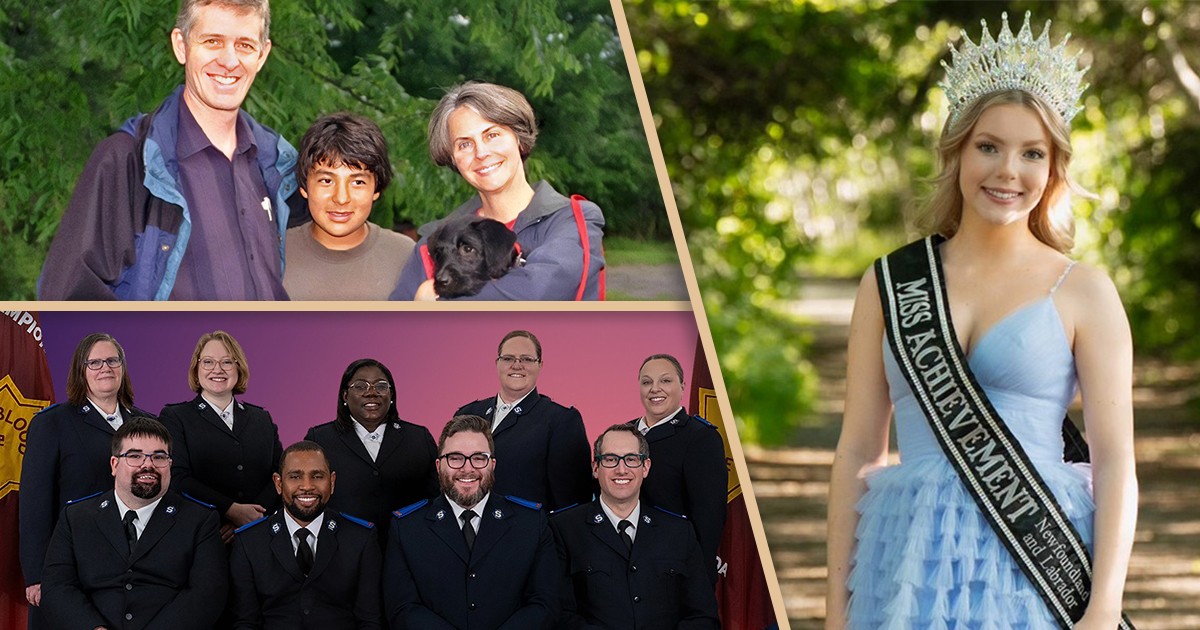 Each year countless people, predominately women and children, are trafficked into the commercial sex industry and exploited for prostitution, pornography and exotic dancing. Since its earliest beginnings, The Salvation Army has fought this evil.
Each year countless people, predominately women and children, are trafficked into the commercial sex industry and exploited for prostitution, pornography and exotic dancing. Since its earliest beginnings, The Salvation Army has fought this evil.
In the late 1800s, what was known then as “white slave traffic” flourished in Victorian England. In 1884, Elizabeth Cottrill, a Salvationist who lived in the East End of London, welcomed a girl into her home who wanted to leave prostitution. When her work came to the notice of William Booth, the Army's Founder, he decided that the Army should open homes for such women, and rented a small house on Hanbury Street. Within the first six months, 84 prostitutes sought help.
When Florence Booth, wife of Bramwell Booth (the son of William and the Army's second General), interviewed some of the women, she discovered that there was an organized trade that trapped young girls and children and shipped them to Europe for sexual exploitation. When a 17-year-old girl who had escaped from a brothel was found huddled at the door of the Army's headquarters, Bramwell Booth moved into action. He vowed “to stop these abominations, to rouse public opinion, to agitate for the improvement of the law.” He enlisted the help of William T. Stead, the editor of London's Pall Mall Gazette, who launched a series about sexual exploitation. It shocked the nation.
The Army and Stead worked together and organized a huge two-mile-long petition containing 343,000 signatures, demanding government action to raise the age of consent. The petition, coiled up into an immense roll, was driven in an open wagon to the Houses of Parliament. Eight uniformed Salvationists carried it inside and deposited it on the floor of the House. Within a month a new law was passed that raised the age of consent from 13 to 16.
Elsewhere, the Army's concern for exploited women in India led to the opening of a rescue home in Calcutta for girls who wanted to escape from brothel life. Salvationists visited brothels and hospitals, talking to the girls. Some girls had been taken from school at an early age and placed in brothels, while others had been sold by their fathers and were not free to leave. Girls who left prostitution were cared for by the Army and taught a trade.
But the hardest battle Salvationists faced was in Japan. For centuries it was legal in Japan for a girl to be openly sold to prostitution for a fixed period. In 1872, however, the government passed a law forbidding this practice, but it was not very effective. Even though girls were no longer sold as before, they were taken into brothels in return for a loan to their parents. In theory, when the loan was paid off they would be free to leave. Of course, the loans were never paid and girls remained trapped in the brothels. The Army decided to take action and in July 1900 opened a rescue home for women in Tokyo. A special “rescue issue” of The War Cry (Toki-no-Koe) was printed to inform readers that brothel keepers must hold no girl because of debt.
On the day of publication, 50 officers marched behind the Army flag through the brothel district, singing and beating their drum. Girls came running out of the houses and copies of The War Cry were distributed. Then the brothel staff set on the Salvationists and beat them up. The flag was torn to shreds, the drum smashed and a number of officers were seriously injured.
Salvationists set out again a few days later, this time with police protection. But again they were beaten. The Japanese press took up the cause, even though brothel staff also attacked the newspapers. Forced to take action, on October 2, 1900, the government passed a new law allowing prostituted women to leave brothels freely. The imperial edict declared that any prostitute who wished to go free had only to go to the nearest police station and make this known, and no girl under 16 could be registered as a licensed prostitute. Only two months had passed between the publication of the rescue edition of The War Cry and the government's amendment of the law. During the first year alone over 12,000 girls abandoned prostitution.
The historic work done by God through these early day Salvationists laid the foundation for action by Salvationists today. Under God's direction, the Army worldwide continues to take a leading role in helping to defeat this societal scourge.
Illustration: The White Slave Trade, 1895, by Joaquin Sorolla y Bastida
 Lt-Colonel Maxwell Ryan is retired in Burlington, Ont., where he serves as a part-time hospital chaplain and amateur Army historian.
Lt-Colonel Maxwell Ryan is retired in Burlington, Ont., where he serves as a part-time hospital chaplain and amateur Army historian.









Comment
On Friday, July 15, 2011, Gloria Hutchinson said:
Leave a Comment